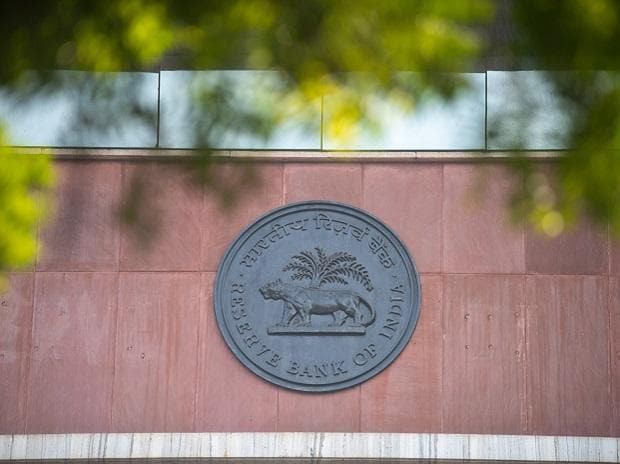Rate transmission pace to improve for external benchmarked loans: RBI study

The pace of transmission is expected to improve going forward for external benchmark-linked loans as their proportion increases further, according to a Reserve Bank of India study.
Analysts pointed out that till date borrowers have seen the benefit of an easing rate cycle. Now the cycle has turned with the rise in market borrowing rates, factoring in inflation, gradual withdrawal of excess liquidity and impending policy rate hike. This sets the stage for a probable rise in externally benchmarked rates in the months ahead.
The transmission to banks’ lending and deposit rates has improved notably since October 2019. It was facilitated by the introduction of an external benchmark-linked lending rate (EBLR) system, accommodative monetary policy stance, large surplus liquidity and subdued credit demand.
RBI’s study on EBLR in its April month bulletin said that after the introduction of the regime in October 2019, the share of personal loans and MSMEs loans has risen significantly as a proportion of outstanding loans linked to external benchmarks. Banks are voluntarily pricing their loans linked to such benchmarks in other sectors as well.
The share of EBLR loans by banks has increased from a mere 2.4 per cent in September 2019 to 28.6 per cent in March 2021 and further to 39.2 per cent in December 2021, RBI said.
The weighted average lending rates (WALRs) on fresh as well as outstanding rupee loans have declined across sectors. Banks have extended the benefits to existing borrowers by reducing the WALR more than the repo rate cuts during the EBLR period.